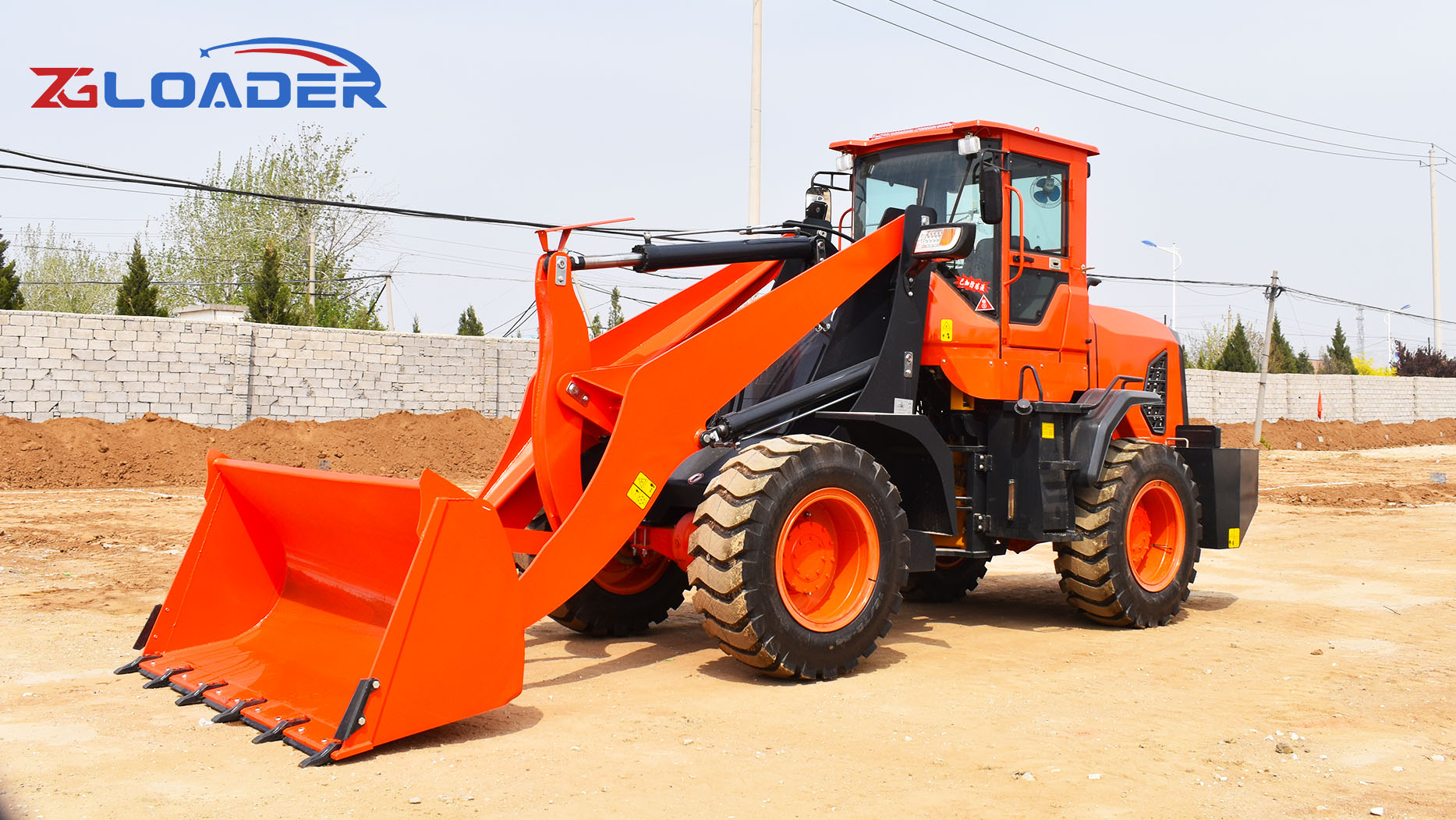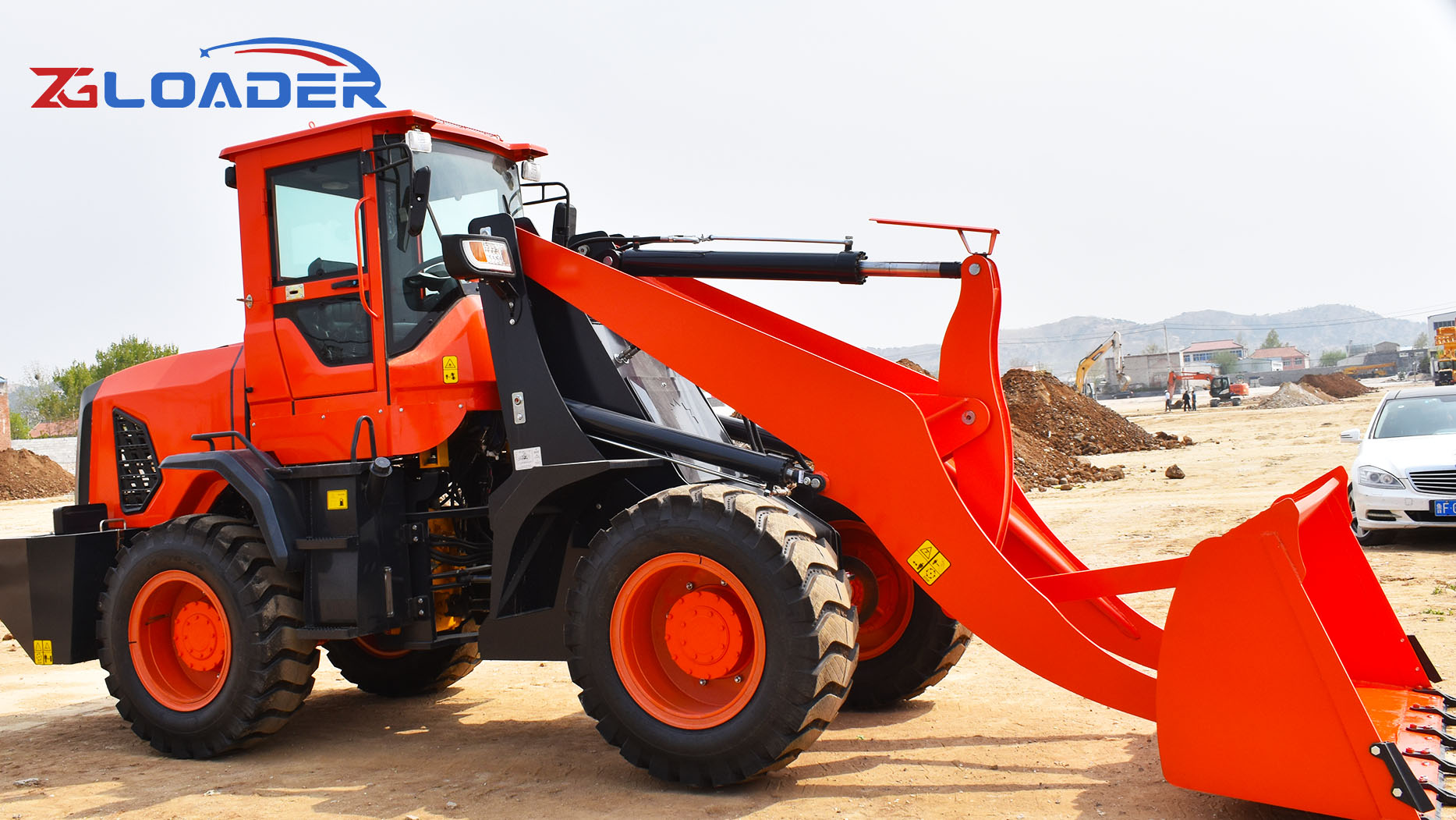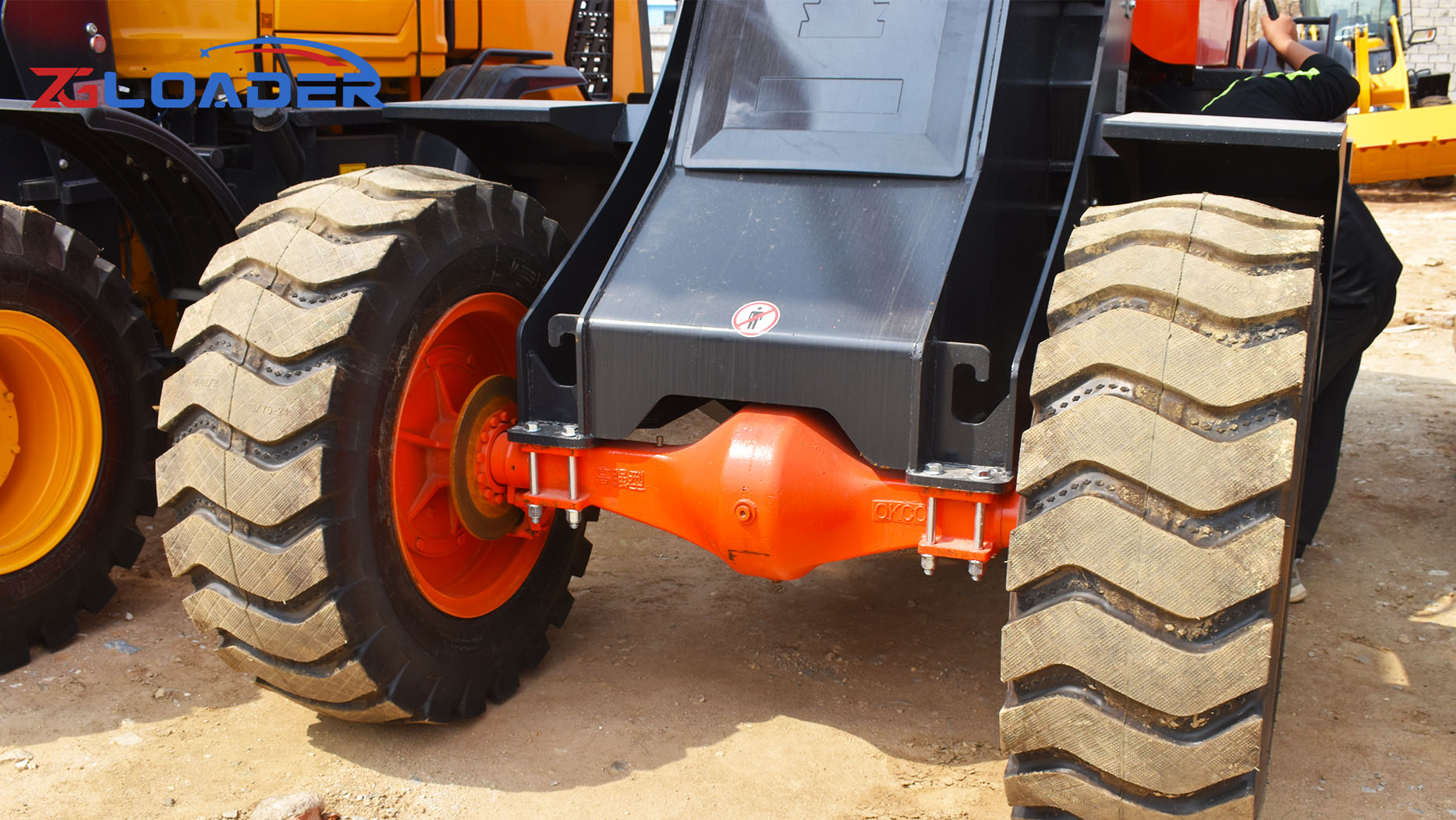Loaders are ubiquitous pieces of heavy equipment found on construction sites, farms, mines, and many other locations where material handling is required. More than just a large bucket on wheels, a loader is a sophisticated machine designed for a variety of tasks, from moving earth and gravel to loading materials into trucks and even clearing snow. This article delves into the intricacies of loaders, exploring their various types, components, functionality, applications, operational considerations, and maintenance requirements.
Defining the Loader: Material Handling Powerhouse
A loader is a heavy-duty vehicle equipped with a front-mounted bucket or other attachment capable of scooping, lifting, and transporting materials. The defining characteristic of a loader is its front-mounted bucket, which distinguishes it from other earthmoving equipment like excavators or bulldozers. Loaders are primarily designed for material handling, and their versatility stems from the variety of attachments that can be fitted to them.
 Loaders come in various sizes and configurations, from small skid steer loaders ideal for confined spaces to massive wheel loaders capable of moving tons of material at once. They can be wheeled or tracked, depending on the application and terrain.
Loaders come in various sizes and configurations, from small skid steer loaders ideal for confined spaces to massive wheel loaders capable of moving tons of material at once. They can be wheeled or tracked, depending on the application and terrain.
Types of Loaders: Matching the Machine to the Task
Loaders are broadly classified based on their design and functionality:
Wheel Loaders: These are the most common type of loader, characterized by their rubber tires. Wheel loaders are highly maneuverable, making them suitable for a wide range of tasks on relatively even surfaces. They are commonly used in construction, mining, and material handling applications.
Track Loaders: Instead of wheels, track loaders utilize tracks, providing superior traction and stability on uneven or rough terrain. Track loaders are often preferred for applications where traction is critical, such as in muddy or rocky conditions. They are also known as crawler loaders.
Skid Steer Loaders: Compact and highly maneuverable, skid steer loaders are characterized by their unique steering system. The wheels on each side of the machine can be independently controlled, allowing the loader to pivot within its own footprint. This makes them ideal for working in confined spaces.
Backhoe Loaders: These versatile machines combine a front-end loader with a backhoe excavator at the rear. This combination allows for digging, trenching, and material handling with a single machine, making them popular in construction and utility work.
Swing Loaders: These loaders have a rotating upper structure, allowing the operator to load material to the side of the machine without having to maneuver the entire vehicle. This feature is particularly useful in confined spaces or when loading trucks in narrow areas.
Key Components of a Loader: Understanding the Mechanics
Understanding the functionality of a loader requires examining its key components:
Chassis/Frame: The structural foundation of the loader, providing support for all other components.
Engine: The engine provides the power for the loader's hydraulic system and drive train. Diesel engines are commonly used due to their high torque output and fuel efficiency.
Hydraulic System: The hydraulic system is the heart of the loader's operation, providing the power to lift the bucket, tilt it, and operate other attachments. Key components include:
Hydraulic Pump: Generates pressurized hydraulic fluid.
Control Valves: Direct the flow of hydraulic fluid to the various cylinders, controlling the movement of the bucket and other attachments.
Hydraulic Cylinders: Convert hydraulic pressure into linear motion, powering the lifting and tilting actions.
Hydraulic Fluid: The medium through which power is transmitted in the hydraulic system.
Bucket: The primary attachment of a loader, used for scooping and moving materials. Buckets come in various sizes and shapes depending on the intended application.
Lift Arms (Loader Arms): These arms connect the bucket to the loader's chassis and provide the lifting force.
Tilt Cylinder: Controls the angle of the bucket, allowing for digging, dumping, and leveling.
Wheels/Tracks: Provide mobility for the loader. Wheel loaders use rubber tires, while track loaders use tracks.
Operator Station: The cabin or platform where the operator controls the loader. Modern loaders often feature comfortable seating, intuitive controls, and enhanced visibility.
The Mechanics of Loading: Lifting and Moving Materials
The loader's operation is relatively straightforward:
Loading: The operator maneuvers the loader bucket into the material to be moved, using the tilt cylinder to adjust the bucket angle for efficient scooping.
Lifting: The lift arms are raised using the hydraulic cylinders, lifting the bucket and its contents.
Transporting: The loader is driven to the desired location.
Dumping: The tilt cylinder is activated to tip the bucket forward, releasing the material.
Applications of Loaders: A Wide Range of Uses
Loaders are versatile machines used in a variety of industries:
Construction: Moving earth, gravel, sand, and other materials; loading trucks; backfilling; site cleanup.
Mining: Loading ore, coal, and other mined materials into trucks or conveyors.
Agriculture: Handling grain, fertilizer, and other agricultural products; cleaning up animal waste; loading manure spreaders.
Landscaping: Moving soil, mulch, and other landscaping materials.
Waste Management: Loading and moving waste materials.
Snow Removal: Clearing snow from roads and parking lots (with a snow bucket or other attachment).
Attachments: Expanding the Loader's Capabilities
The versatility of loaders can be significantly increased by using various attachments:
Buckets (various types): General purpose buckets, light material buckets, rock buckets, etc.
Forks: For handling pallets and other materials.
Grapples: For handling logs, brush, and other bulky items.
Augers: For drilling holes.
Blades: For leveling and grading.
Snow Blowers: For snow removal.
Operational Considerations: Safe and Efficient Operation
Operating a loader safely and efficiently requires careful consideration of several factors:
Operator Training: Proper training is essential for safe and efficient operation.
Site Conditions: Assessing the terrain, soil conditions, and potential hazards before operating.
Load Capacity: Understanding the loader's load capacity and avoiding overloading.
Safe Operating Procedures: Following established safety protocols for operating the loader.
Traffic Management: Coordinating with other vehicles and personnel on the site.
Visibility: Ensuring clear visibility of the work area.
Maintenance: Keeping the Loader in Top Condition
Regular maintenance is crucial for ensuring the loader's longevity and reliable operation. Key maintenance tasks include:
Regular Inspections: Checking for leaks, damage, and wear on all components.
Hydraulic System Maintenance: Changing hydraulic fluid and filters according to the manufacturer's recommendations.
Engine Maintenance: Regular oil changes, filter replacements, and other engine maintenance tasks.
Greasing: Lubricating all moving parts to reduce friction and wear.
Tire/Track Maintenance: Checking tire pressure and condition (for wheel loaders) or track tension and condition (for track loaders).
Conclusion: The Essential Material Handler
The wheel loader is a fundamental piece of equipment in numerous industries, playing a crucial role in material handling operations. Its versatility, combined with the wide range of available attachments, makes it an indispensable machine for a variety of tasks. Understanding the different types of loaders, their components, functionality, and maintenance requirements is essential for maximizing their potential and ensuring safe and efficient operation. As technology continues to advance, we can expect further improvements in loader design, functionality, and efficiency, solidifying their position as essential material handling machines for years to come.
Post time:Feb.05.2025


